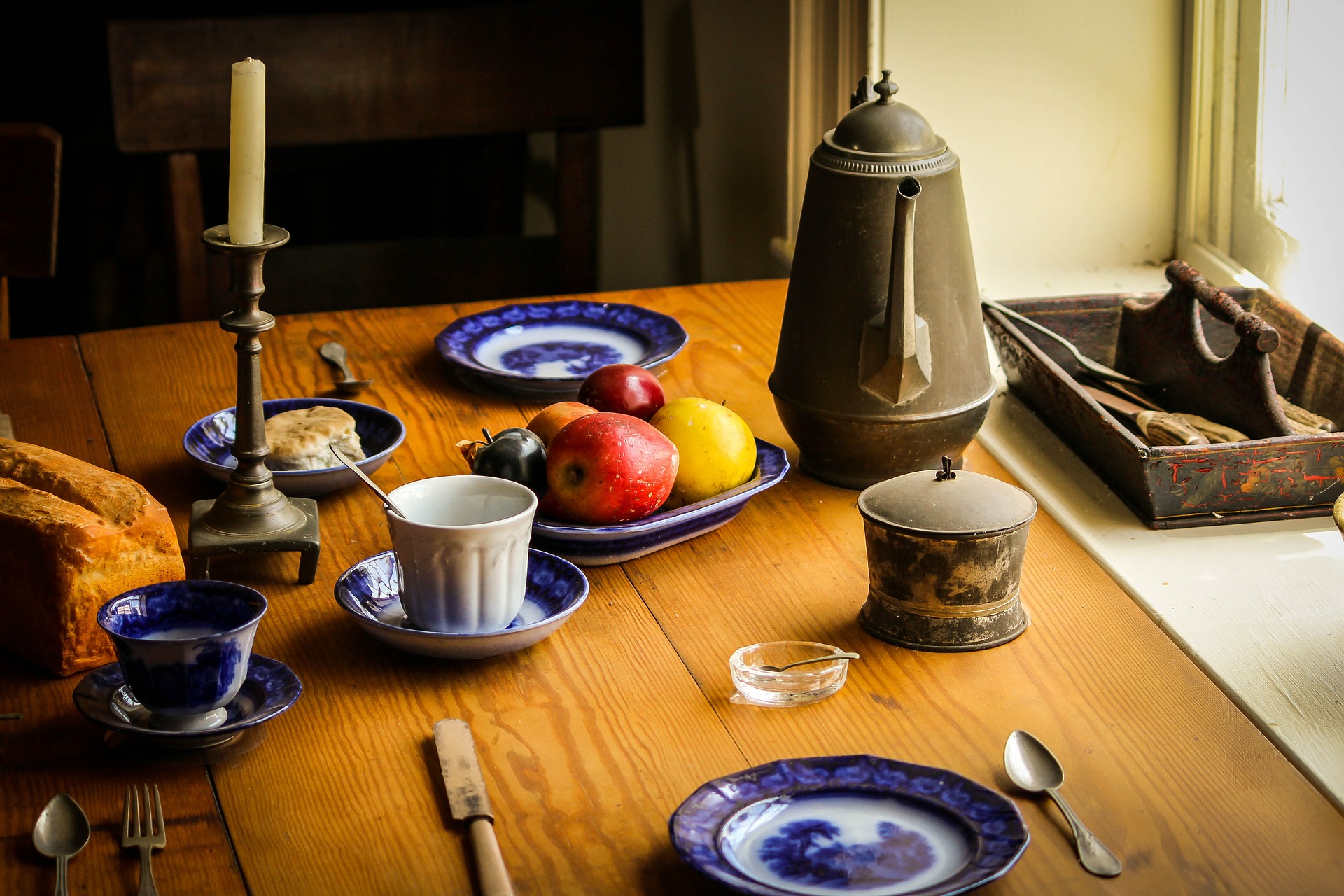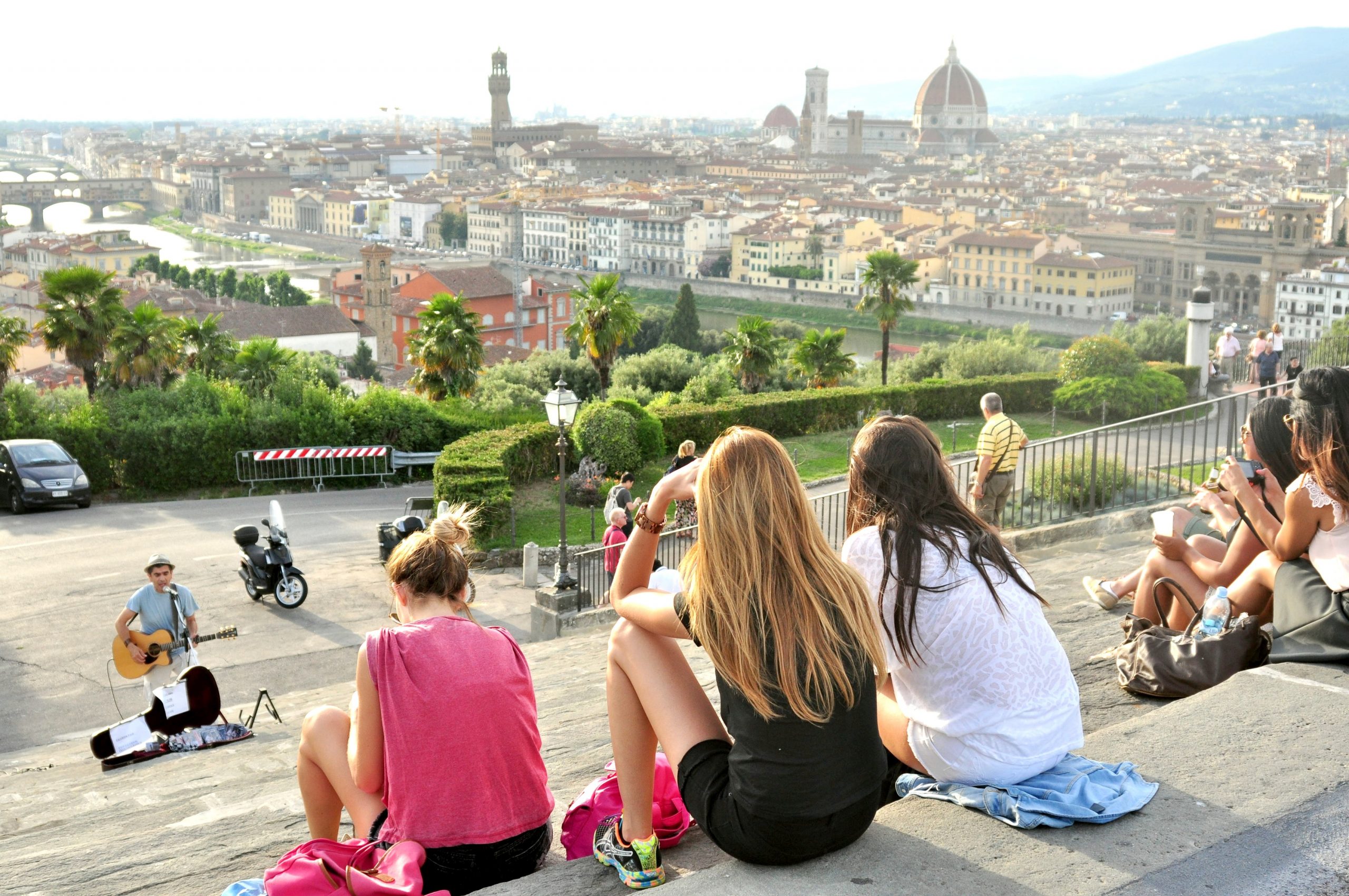During the filming of The Passion of the Christ in Matera, everyone around Jim Caviezel, the actor who played Christ, said they saw fire coming out of the right and left side of his head. A glow surrounded his entire body. To Jim, being struck by lightening felt like a giant clap on his ears while he was doing The Sermon on the Mount scene. Director Mel Gibson stood speechless before asking Jim what happened to his hair.
Matera, the rock city of Basilicata sought after by filmmakers searching for a biblical landscape, looks surprisingly like the Holy lands. It proved to be the perfect setting for Mel Gobson’s movie, The Passion of the Christ.
I had the opportunity to visit Matera recently, also known as “the second Bethlehem.” These peculiar cave churches and settlements carved into rock became a UNESCO World Heritage Site in 1993. It truly is a city of rocks in the midst of a desolate land.
The Rupestrian Complex of Matera includes the Church of Madonna delle Virtu, a twelfth century church completely carved out of the tufa rock. It is considered the best church architecturally decorated in Matera. The central apse contains a large fresco of the crucifixion with the Virgin Mary and St. John the Evangelist dating from the sixteenth century (pictured below). Across from this one is another crucifixion fresco from the fourteenth century (not shown).
The rock city of Matera in Basilicata possesses over 150 Rupestrian (meaning art done on cave walls) churches dug into the soft tufa walls, housing frescoes spanning nearly 1,000 years. The Park of Rupestrian Churches of Matera covers 19,768 acres and contains the best surviving rock-cut settlements in the Mediterranean region. These cave churches, dating from antiquity through the medieval period, were often places of pagan worship before they became established by Christian monks. The entire area of caves have been continuously inhabited since paleolithic times.
The tall front doors to The Madonna of the Virtu is just off the street. We stepped immediately into the church which was tall and cavernous. There is another section to the complex which was a monastery during the ninth century and expanded over time. It was inhabited by a small community of nuns from Accon in Palestine. Much later, after being abandoned, the monastery became a storeroom for hay and the production of wine.
“The Passion of the Christ” was filmed in Matera by Mel Gibson in 2004, giving it the name of ‘the Jerusalem of Basilicata.’ In the movie, the ancient monastery’s central room was chosen as the scene for “The Last Supper,” and for “The Washing of the Feet.” The monastery began as a small crypt which was enlarged with time. Throughout the monastery are pieces of modern art placed perfectly within wall niches and on pedestals. An international sculpture exhibit is hosted in the monastery each year.
Beyond the monastery within the same complex is the Church of San Nicola, a 10th century monastic settlement. Within this archway is a fresco of, right to left, St. Barbara – with auburn hair and dressed in rich imperial robes, St. Nicholas the Greek, and St. Pantaleone, holding a box symbolizing his medical practice. A burial pit lies below.
Outside of the complex, old cave dwellings can be seen along the ridge of the hillside. In the early part of the 1900’s, the poor lived within Matera’s caves, many large families who made them into homes where they cohabited with their animals. Conditions grew worse until, in 1952, the government evacuated 15,000 inhabitants and resettled them due to extreme poverty and poor hygienic circumstances.
Today, Matera is experiencing a rebirth as many of the cave churches, some previously used as stables or filled with garbage, have been cleaned up and restored. The extremely delicate frescoes are slowly disappearing as tourists continue to touch them. But they remain fascinating although a bit eerie. The passing of time has had no bearing inside these rupestrian churches. It is only the whisper of monks in silent prayer that still remain.































